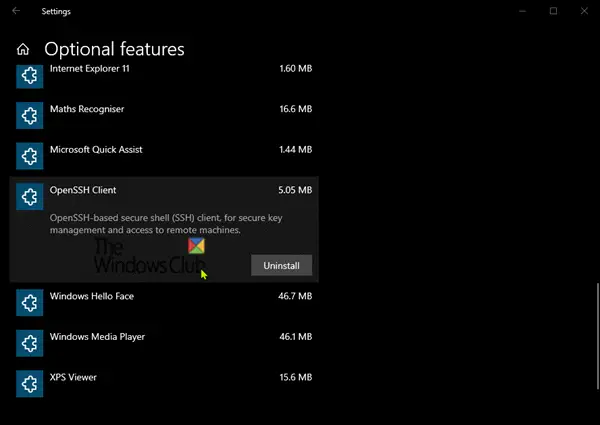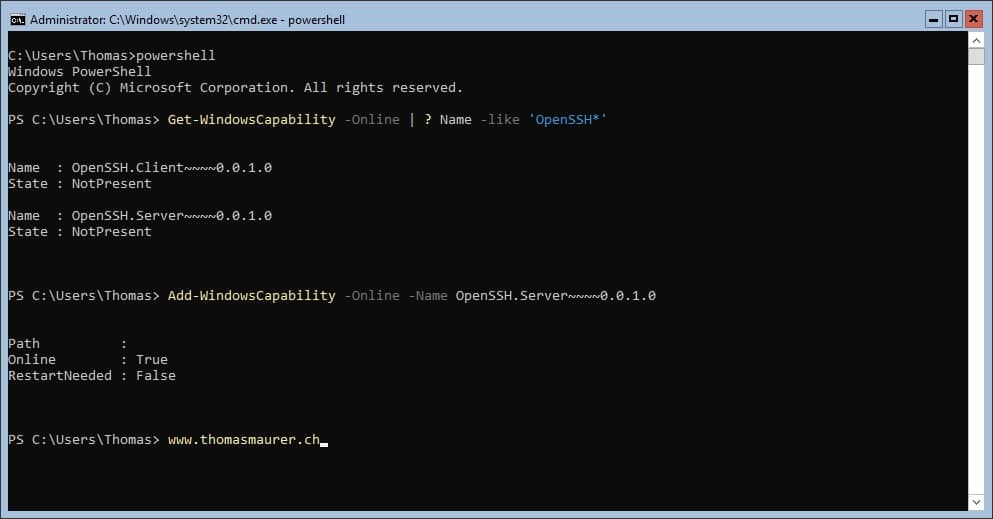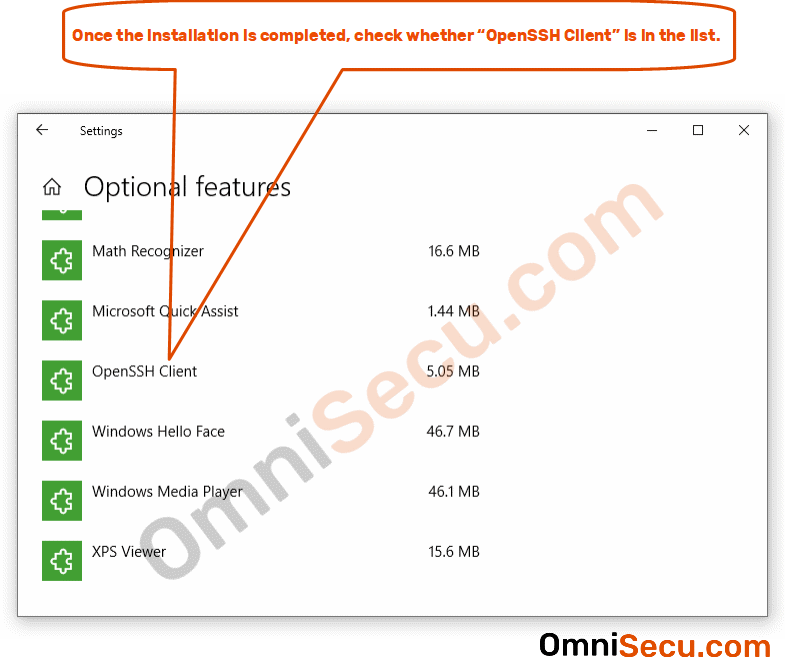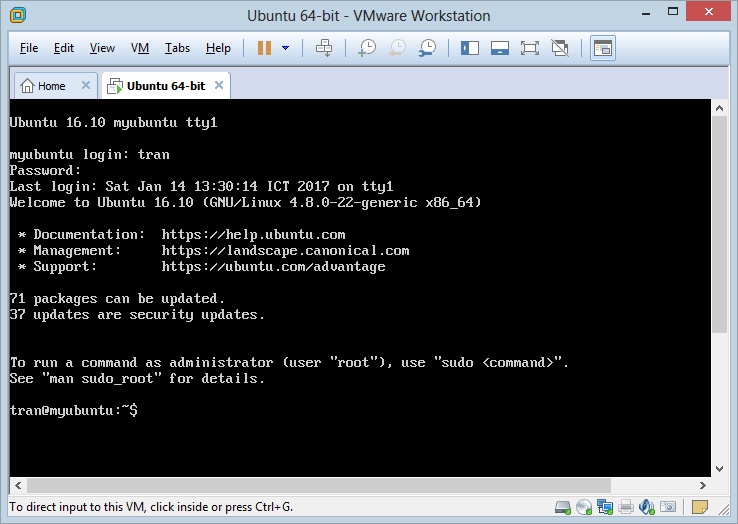

Allowing remote root login is invariably a bad idea that could jeopardize your system’s security.įor this reason, it is always recommended that you disable SSH remote root login and instead stick to a regular non-root user.

It’s a no brainer what can happen if a hacker manages to brute force your root password.

Then restart SSH service for the change to be effected. To reject requests from users without a password, again, head over to the configuration file at /etc/ssh/sshd_config and ensure that you have the directive below: PermitEmptyPasswords no This sounds a bit strange but sometimes system administrators can create user accounts and forget to assign passwords – which is a very bad idea.

Disable User SSH Passwordless Connection RequestsĪnother recommended way of fortifying the security of your server is to disable SSH logins from users without passwords. # sudo systemctl restart sshdĪt this point, you will only have access to the remote server using the SSH key authentication. Uncomment and change the option 'yes' to 'no' PasswordAuthentication no Inside the configuration file, scroll and locate the following directive. The next step is to disable password authentication, To achieve this, you need to modify the SSH configuration file. Once the public key is successfully copied, you can now SSH in to the remote server seamlessly without having to provide a password. The private key resides on your host system whilst the public key is then copied to the remote server. The first step is to generate an SSH key-pair which consists of a public key and a private key. To be on the safe side, the use of SSH passwordless authentication is highly encouraged. But here’s the thing: hackers can guess passwords or even perform a brute force attack using special hacking tools and gain access to your system. Setup SSH Passwordless Authenticationīy default, SSH requires users to provide their passwords when logging in. In this guide, we explore different ways that you can use to secure and harden OpenSSH installation on the server. Several free and commercial GUI tools are available for the Windows platform.Ī knowledgeable Git community is available to answer your questions.When it comes to accessing remote devices such as servers, routers, and switches, SSH protocol comes highly recommended given its ability to encrypt traffic and ward off anyone who might try to eavesdrop on your connections.īe that as it may, the default settings of SSH are not infallible and additional tweaks are needed to make the protocol more secure.
#Download openssh pro#
Now that you have downloaded Git, it's time to start using it.ĭive into the Pro Git book and learn at your own pace. If you want the newer version, you can build it from the source code. The current source code release is version 2.38.1.
#Download openssh install#
Winget install -id Git.Git -e -source winget Install winget tool if you don't already have it, then type this command in command prompt or Powershell.
#Download openssh portable#
Portable ("thumbdrive edition")Ħ4-bit Git for Windows Portable. Other Git for Windows downloads Standalone InstallerĦ4-bit Git for Windows Setup. This is the most recent maintained build. Click here to download the latest ( 2.38.1) 64-bit version of Git for Windows.


 0 kommentar(er)
0 kommentar(er)
